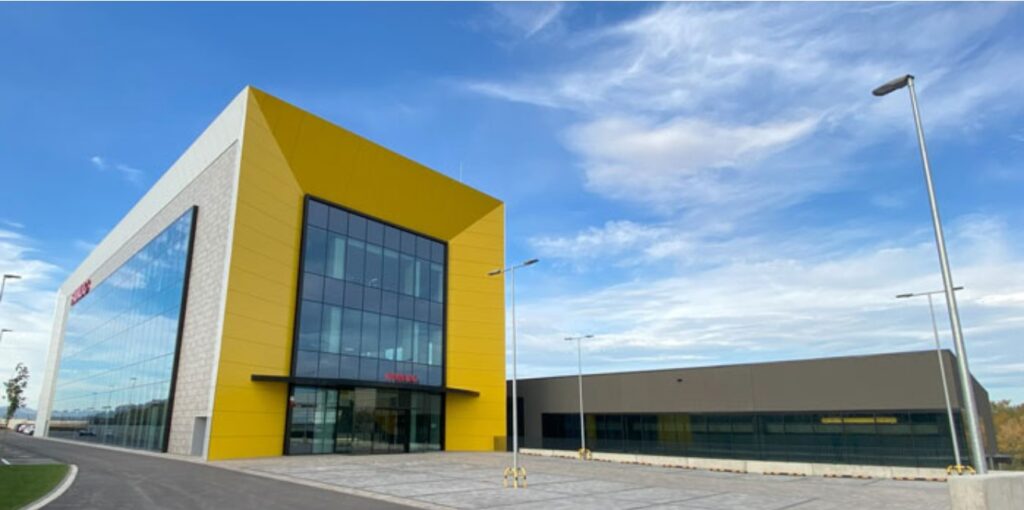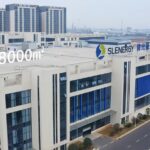ASIA ELECTRONICS INDUSTRYYOUR WINDOW TO SMART MANUFACTURING
FANUC Boosts Presence in Europe , Expands Spain Office
FANUC CORPORATION (FANUC) has relocated and expanded FANUC IBERIA, its group company in Spain. Accordingly, the company held an opening ceremony to celebrate the feat.
Based in Barcelona, FANUC IBERIA supports customers in Spain, Portugal, Morocco, and Andorra. The head office in Castelldefels, in the province of Barcelona, has moved to Sant Cugat del Vallès, a municipality north of Barcelona. Thus, significantly increasing the floor space up to four times larger than before.
Propels Sustainability
The new office building of FANUC IBERIA consists of a showroom, an application development area, a training area, an office area, and a warehouse. Training courses are available on FANUC’s products of CNC, ROBOT, and ROBOMACHINE to customers.

Meanwhile, the entire FANUC Group is actively participating in combatting climate change. For that reason, the new FANUC IBERIA building carries a design that minimizes the impact on the environment and reduce CO2 emissions, to meet the goals of creating a carbon-neutral society. Such efforts got the nod of BREEAM (BRE Environmental Assessment Method)[1] certification, which validates the sustainability performance of buildings.
FANUC is presently focusing more strongly on its business in Europe, as can be seen in the refinements and expansions of FANUC’s European sites. Over the past few years, ten locations[2] have been enlarged, and expansions are presently underway in Turkey and Poland. Thus, by upgrading and expanding our European bases, FANUC will continue to speedily provide products and services to meet our customers’ needs.
Finally, FANUC will continue to provide indispensable values throughout the world in the field of factory automation through unceasingly creating technological innovations.
Notes:
1. BREEAM (Building Research Establishment Environmental Assessment Method):
BREEAM was created in the UK in 1990, as the world’s first method of assessing, rating, and certifying the sustainability of buildings. It is currently widely used outside the UK as well. Sustainable values are measured in a maximum of nine categories consisting of management, health and well-being, energy, transport, water, materials, waste, land use and ecology, and pollution.
2. Ten locations:
Germany, Italy, France, UK, Sweden, Hungary, Czech Republic, Austria, Belgium, Slovakia




